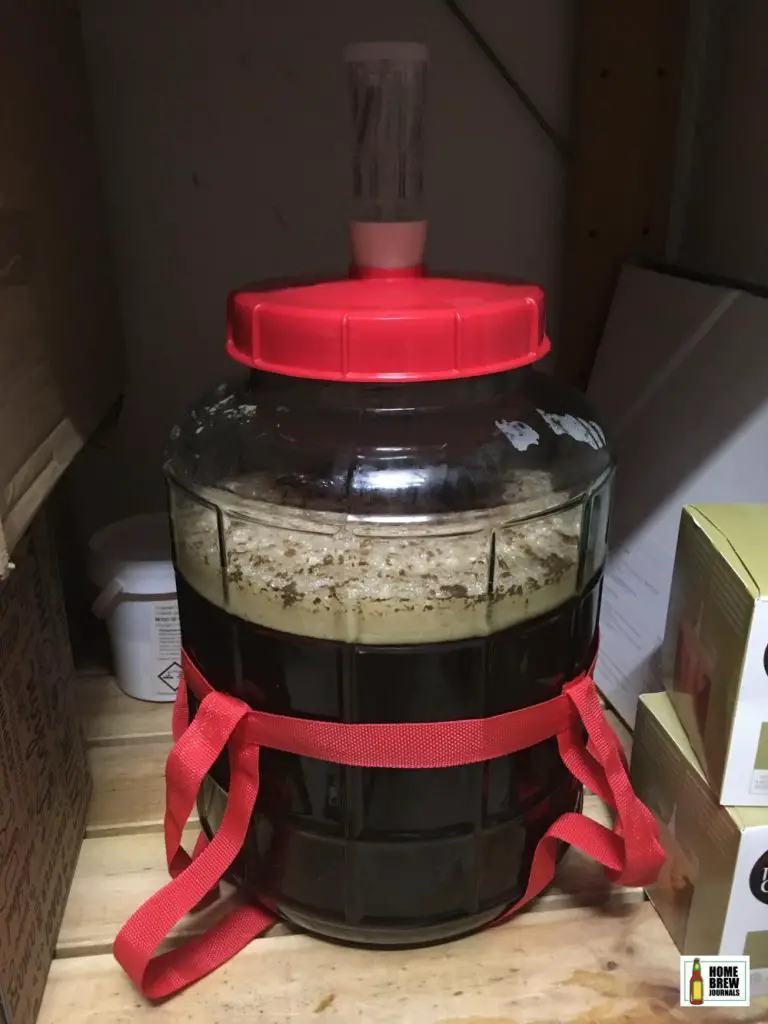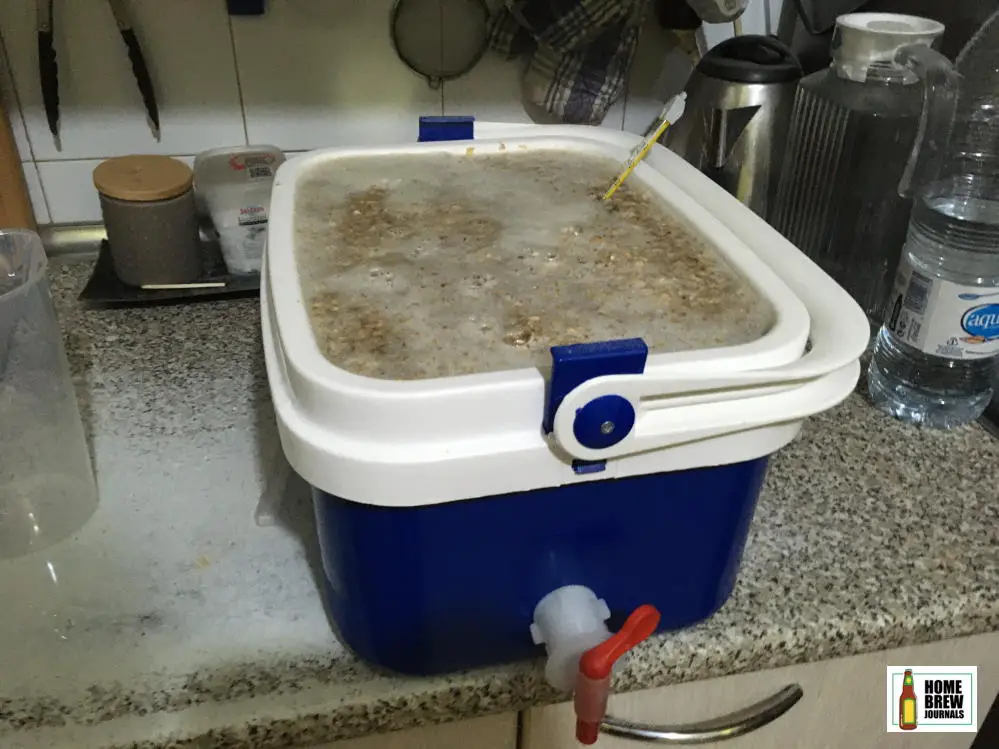Ask any beer drinker what they like about their favourite beverage, and the chances are that the first thing they mention is flavour. Every beer has its own unique taste, which comes from the ingredients used to make it and from subtle changes in the brewing process.
Another important characteristic of beer is alcohol content. Not only is alcohol responsible for that enjoyable buzz that you get after sinking a few cold brews, but it also plays an essential role in defining the taste of your favourite beer.
If you’ve ever read the small print on the side of a beer can, you’ll know that the ingredients of beer are water, malted barley, hops and yeast. Some recipes may also include oats, corn or rice.
All of these ingredients are pretty much the same things that go into a loaf of bread. So, how does beer become alcoholic? Where does the alcohol in beer come from?
Beer becomes alcoholic when yeast, a tiny organism similar to fungus, converts sugar into alcohol and carbon dioxide. This process is called fermentation and is one of the key stages in beer making.
In this post, we take a step by step look at the brewing process, break down all the jargon and find out, in plain English, where the alcohol in beer actually comes from.

Step 1: Malting
The first stage of producing alcohol takes place before the ingredients even arrive at the brewery. Or in the case of homebrewers, at their house or apartment.
All of the grains which we eat (wheat, rice, oats, corn and barley) are the seeds of grass-like plants.
These seeds are mostly made up of starch. This starch is the food used by the seed as it grows into a plant. To put it simply, the starch is like the egg yolk, which nourishes the baby chick as it grows inside an egg.
When the seed starts to sprout, chemicals called enzymes are produced within the kernel. These enzymes then convert starch into sugar used by the young plant, providing energy as it grows.
The malting process consists of soaking the barley in water until the seeds begin to germinate (the technical term for creating a sprout). As soon as the seeds have germinated, they are rapidly heated and dried in a kiln.
The heating stops the barley from growing any more and locks in the enzymes which are needed to convert the starch into sugar. Kilning also toasts the outer shell of the seed, adding colour and flavour to the finished beer.
Step 2: Mashing
When the malted barley arrives at the brewery, it is still mostly made up of starch, plus the enzymes which were released during the malting process. The next step in how beer becomes alcoholic is called mashing.
During mashing, the malted barley is soaked in hot water so that the enzymes can convert all of the starch into sugar.
To put it simply, the brewer mixes the malt with hot water to create a kind of watery porridge. He then maintains the porridge, which is called the mash, at the correct temperature until the enzymes in the malted barley have had time to convert all of the starch into sugar. This usually takes between half an hour and forty-five minutes.
Once the mashing process is complete, we have a kind of sweet porridge. The next step is to separate the sugary liquid from the barley and try to rinse out as much sugar as possible from the leftover grain before discarding it.
You can find out more about the mashing process here >>

Step 3: Lautering
The word lauter comes from the German word for “to rinse”.
During this stage, the brewer slowly drains all the liquid from the mash and then rinses the leftover barley husks with hot water to wash the remaining sugar from the barley.
Most brewers recirculate the water several times at this stage to get as much sugar out of the barley as possible.
The sugary liquid produced at this stage is called wort. Although it has some of the characteristic flavours associated with beer, it’s not alcoholic yet and is generally much sweeter than beer.
Read more about lautering in this post >>
Step 4: Fermenting
To put it simply, fermentation is when yeast converts the sugar which we extracted from the barley in the first three steps into alcohol.
Yeast is a tiny living organism similar to fungus that needs warmth, sugar, and water to grow. As it grows, the yeast produces alcohol and carbon dioxide.
After the hot sugary water has been extracted from the mash, it is transferred to a clean container, and a small amount of yeast is added.
The container, which is called a fermentation vessel, is then sealed and placed in a dark room for about a week while the yeast goes to work eating up all the sugar and converting it into alcohol and carbon dioxide.
At this stage, the carbon dioxide forms bubbles that escape from the fermentation vessel through a specially designed seal called an airlock.
Meanwhile, the alcohol produced by the yeast becomes dissolved in the wort, turning it into beer.
Once the yeast has consumed all the fermentable sugar, it sinks to the bottom of the fermentation vessel. At this stage, fermentation has completed and the beer has become alcoholic.
The quantity of alcohol present in the beer largely depends on how much sugar was extracted from the malted barley during the mashing and lautering processes but is also affected by the type of yeast that was added.
Find out how to measure the amount of alcohol present in beer in this post >>
The brewer then transfers the beer into bottles or kegs and leaves it for a couple of weeks to allow it time to become clear. Although you can drink the beer as soon as it comes out of the fermenter, in most cases, it usually tastes better after a week or two.
Summary
- Beer becomes alcoholic thanks to a process called fermentation whereby a tiny single-cell organism called yeast converts sugar into alcohol and carbon dioxide.
- Barley is made up of 70% starch. When the barley is soaked in water, naturally occurring chemicals called enzymes are released, which convert the starch into sugars.
- The sugars are then rinsed from the malted barley creating a sugary liquid called wort.
- Once the yeast has been added, it takes about a week for the beer to become alcoholic.

